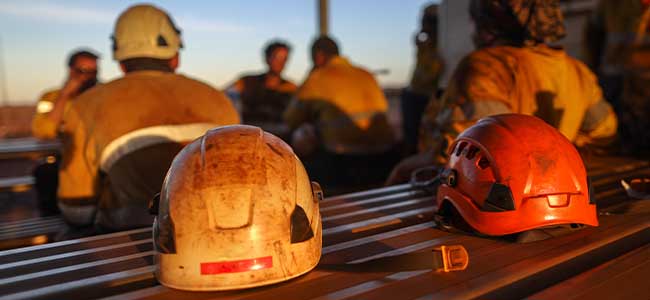
Traumatic Brain Injury Hazards on Construction Sites
How do companies prevent TBIs on the job and what are the steps to take should an accident occur on a construction site?
- By David Perecman
- Aug 01, 2023
According to the Centers for Disease Control and Prevention (CDC), 176 Americans die from traumatic brain injuries (TBIs) daily. As many as 64,000 TBI-related deaths occurred in the United States in 2020.
While workers across various trades may be at risk for TBIs on job sites, the construction industry is one of the most at-risk occupations for this injury. According to NICOSH, from 2003-2010, over 2,000 construction workers died as a result of a TBI. During that time period, TBIs represented a quarter of all construction-related deaths and 24 percent of all TBI fatalities across all occupational sectors.
What are Traumatic Brain Injuries?
TBIs are injuries that affect the brain’s function and are often caused by a bump, blow or jolt or a penetrating injury to the head. There are three main types of TBIs: mild TBI or concussion, moderate TBI and severe TBI.
Depending on the severity of the injury, TBIs can range in symptoms. A headache, nausea or vomiting, fatigue, difficulties with speech, dizziness, sensitivity to light or sound and sensory issues such as blurred vision or ringing in the ears may characterize mild TBIs.
Moderate to severe TBIs can result in a loss of consciousness from several minutes to hours. These injuries are characterized by persistent headaches, vomiting, nausea, slurred speech, and confusion. Some may experience seizures or convulsions, dilation of one or both pupils, inability to awaken from sleep, loss of coordination, and coma. Depending on the severity, those affected may experience health effects from TBIs for a few days to the rest of their life.
Risks of TBIs on Construction Sites
According to the CDC, the leading cause of TBIs is falls, which account for half of all TBI-related hospitalizations. Construction workers risk falls from ladders, scaffolds, and roofs when working at elevated heights. In addition, these workers risk being struck by falling or flying objects on construction sites.
Some construction workers are more likely to suffer from TBIs than others. According to an Injury Prevention study published in 2015, those who worked for small construction companies with less than 20 employees were 2.5 times more likely to suffer a fatal TBI injury than those that worked in larger companies. Workers in the steel, structural iron or roofing construction subindustries were most at risk for these deaths due to TBIs and falls led to most of these incidents.
This article originally appeared in the August 1, 2023 issue of Occupational Health & Safety.